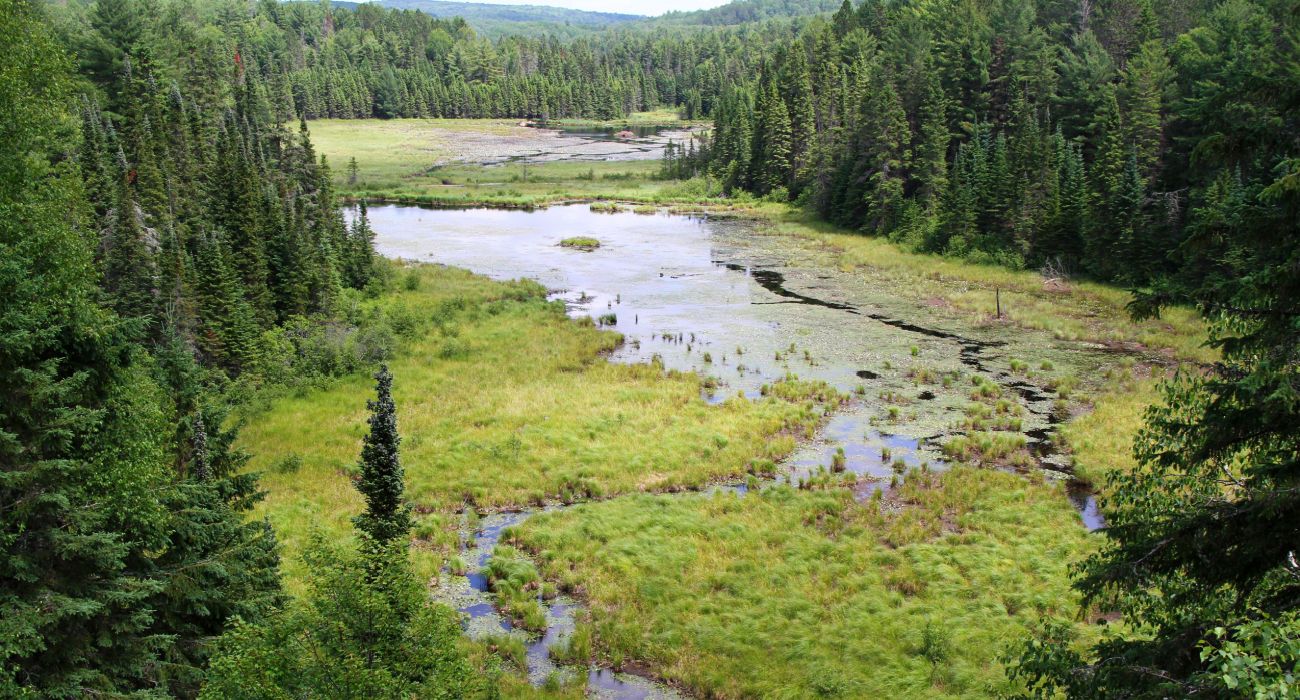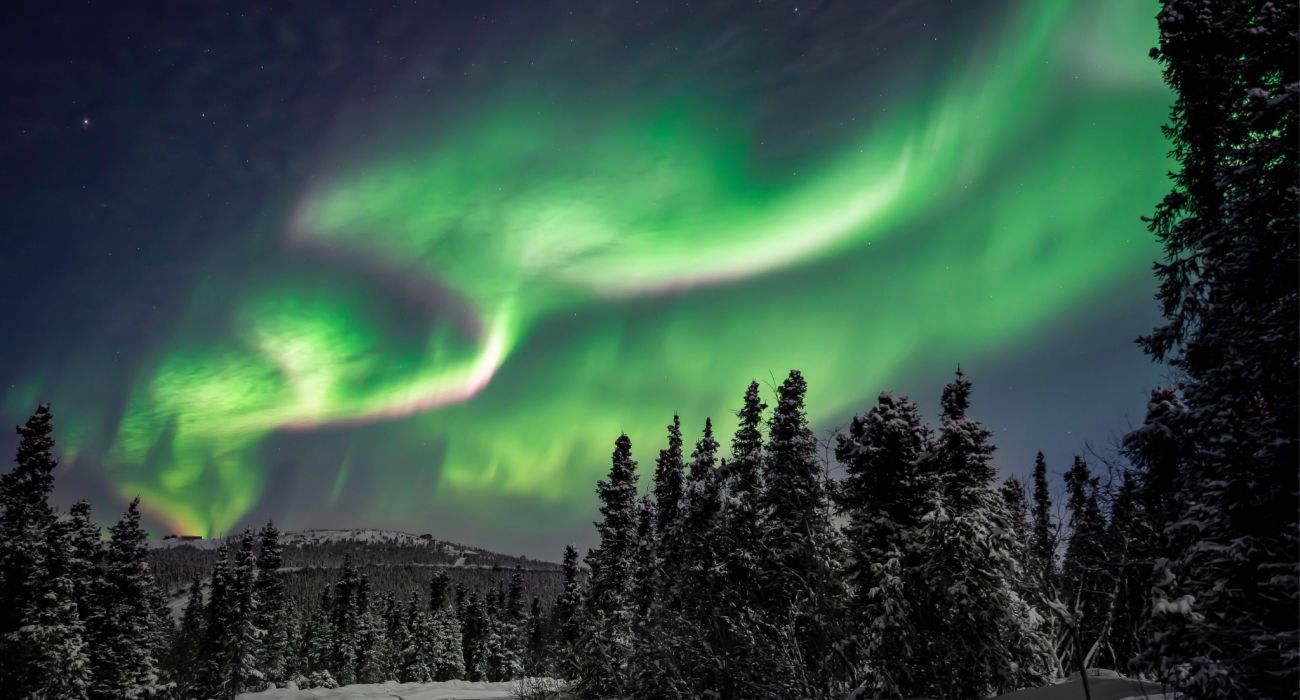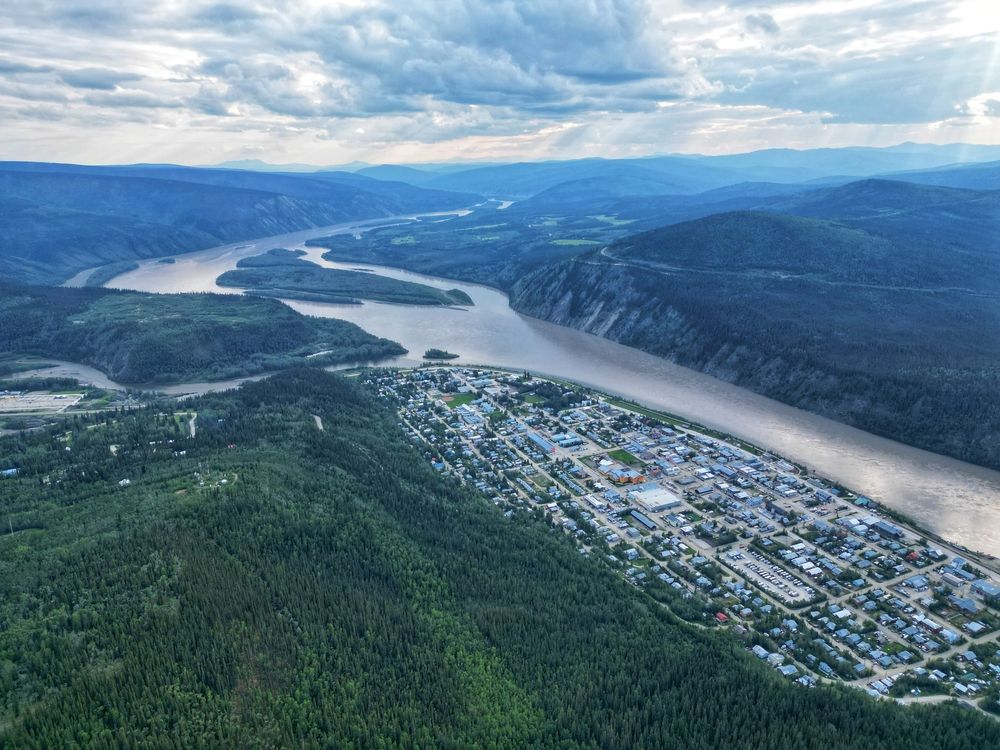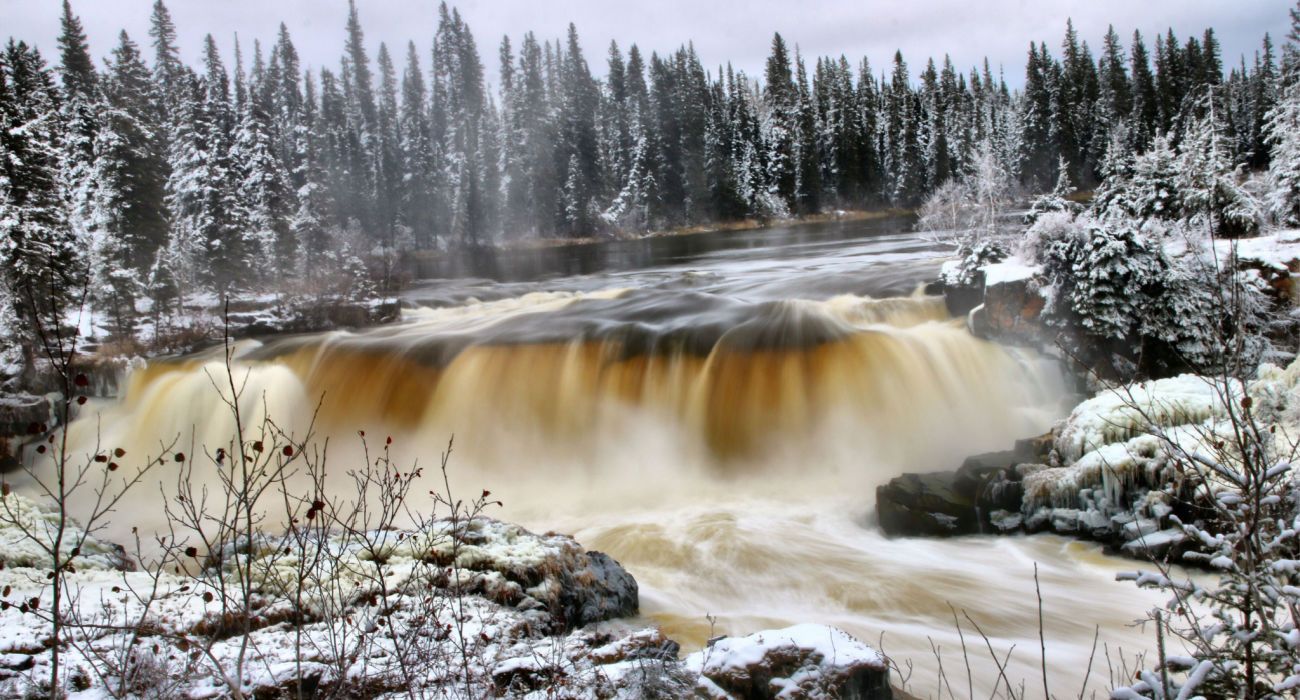Quick Links
Canada's boreal forest is one of the vastest forests in the world, and it accounts for around a third of the circumpolar boreal forests of the Northern Hemisphere (the bulk of the forests are in Russia). The boreal forests are the world's largest biome and are an outdoor playground for the adventurous. The forests dominate the lion's share of Canada - including the northern wildernesses of Alberta and Saskatchewan.
Canada really is a vast and diverse country. It boasts everything from the High Arctic to the Canadian Rockies to the charming Maritime provinces to the northern extension of the Great Plains to the sprawling boreal forests.
The Boreal Forest Encircle The Arctic
The boreal forests are found in Russia, the United States (mostly Alaska), Canada, and Northern Europe (mostly Sweden, Finland, Norway, and a wee bit in Scotland). The boreal forests are also called taiga and are the world's largest land biome. In total, boreal forests made up around 30% of the forests of the world.
- Earth Area: 14% Covered By Boreal Forests
- World Forests: Around 30% Of All The World's Forests
- Age: Around 12,000 Years In The Current Form
It may come as a surprise to many, but much of the boreal forests as it is known today is very recent. They were formed only after the last ice age and since the mammoths went extinct (the last of the mammoths went extinct only a few thousand years ago on Wrangel Island).
While Australia's Daintree rainforests are thought to be 180 million years old (from the Jurassic period), the boreal forests in their current form are only around 12,000 years old. They date from the human period or the Holocene epoch and previously much of the land had been covered by the mammoth steppe or the ice sheets (the Scandinavian Ice Sheet in Europe and the Laurentide Ice Sheet in North America).
Canada Is Home To Around 30% Of The World's Boreal Forests
In Canada, the boreal forests cover around 60% of the massive country all the way from Newfoundland to Yukon and into Alaska. Around 13% of Canada's population lives in the boreal region. 94% of the forests of Canada are on publicly owned land, and this allows the governments of Canada to work to protect the forests.
- Size: 270 Million Hectares (Canada Boreal Forest)
In Canada, the boreal region includes eight ecozones. The coniferous tree species that make up the forests include pines, spruce, and furs, as well as broadleaf species like birch and poplar.
In Canada, around 150 species of birds, as well as the Woodland caribou, call the boreal zone home. It is also home to around 70% of Canada's Aboriginal communities.
The Canadian boreal region is the largest area of wetlands in the world's ecosystems. There are a bewildering amount of lakes and rivers in the boreal landscapes of Canada. There are an estimated 1.5 million lakes with a minimum surface area of 40,000 square meters. Some of the largest lakes in Canada and the world are in boreal forests.
How To See The Boreal Forests Of Canada
As around 60% of Canada is boreal forest, it isn't hard to see the boreal forests in Canada. The forests are to be found in all provinces of Canada except Nova Scotia, Prince Edward Island, and New Brunswick.
One of the best ways to see the boreal forests of Canada is to go on a road trip, and there are plenty of options. One option is to drive all the way into the Yukon Territory deep inside the boreal region. Explore the Klondike Gold Rush in Dawson City and discover one of the most famous gold rush boom towns that still continues to preserve its heritage. Then continue north and drive Canada's first road up to the Arctic Ocean on the Dempster Highway. Note that the Dempster Highway is very remote, so be prepared for breakdowns and check for current road conditions, recommendations, and warnings.
Another great way to see the boreal forest is to take a real-life polar train through it. There is a polar train running from the main Manitoba city of Winnipeg up to the Arctic town of Churchill on Hudson Bay, famous for its large concentration of polar bears and polar bear tours.
If one would like another option to driving or riding a train through the boreal forest, another way to enjoy it is to relax in a lodge in the forests. The boreal forest extends all the way down to the northern shores of Lake Superior. There are plenty of excellent remote getaways to relax in on the Canadian side of Lake Superior. Alternatively, there are lodges doting the boreal forest all across Canada.





